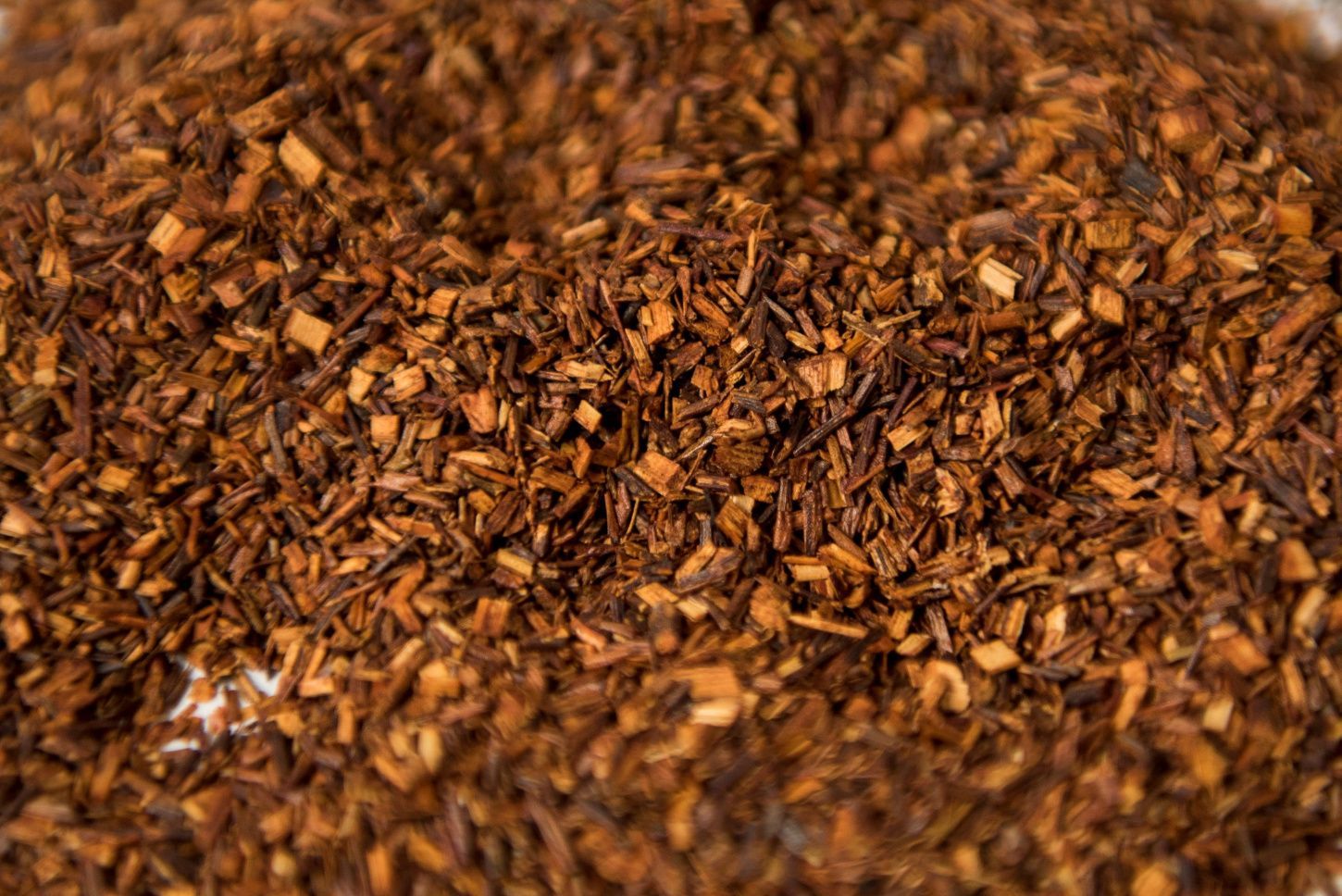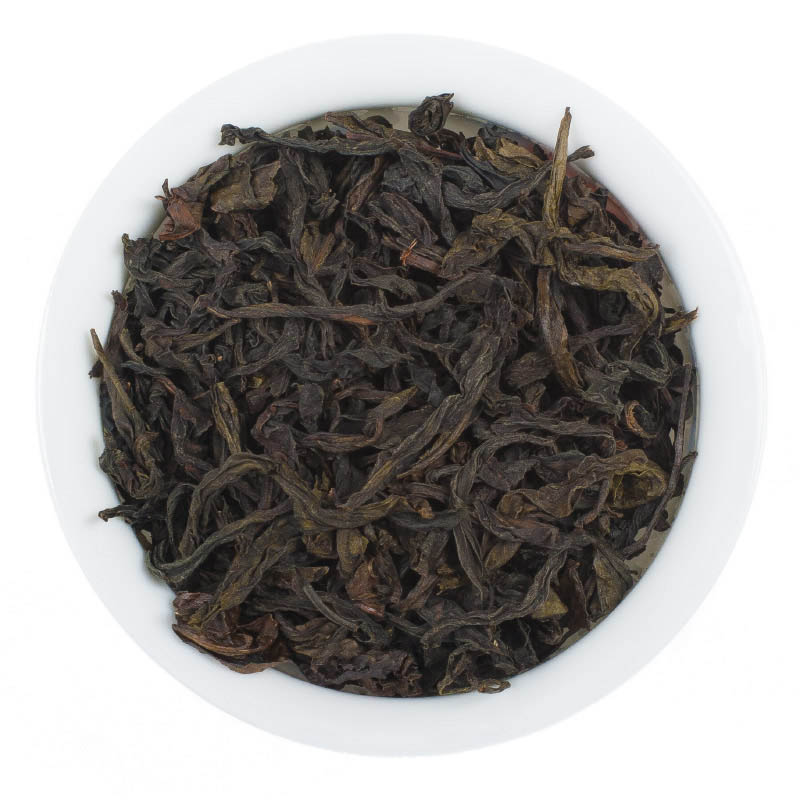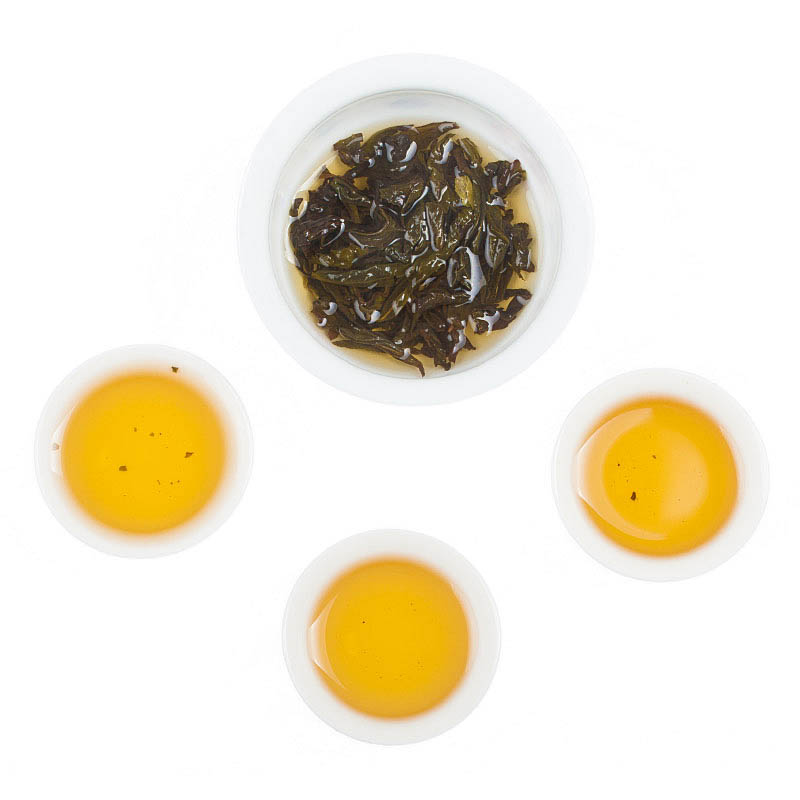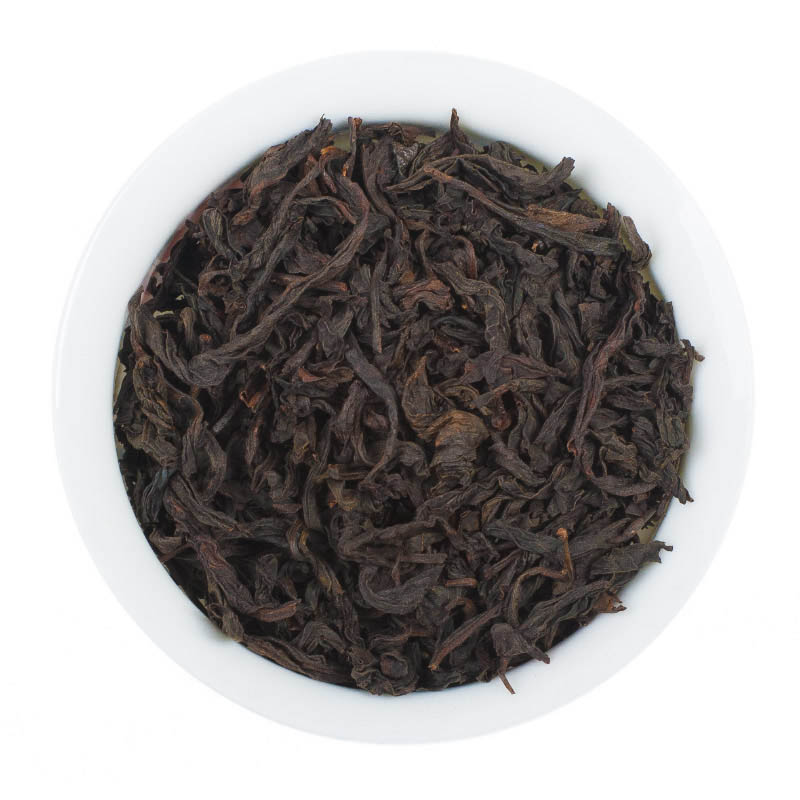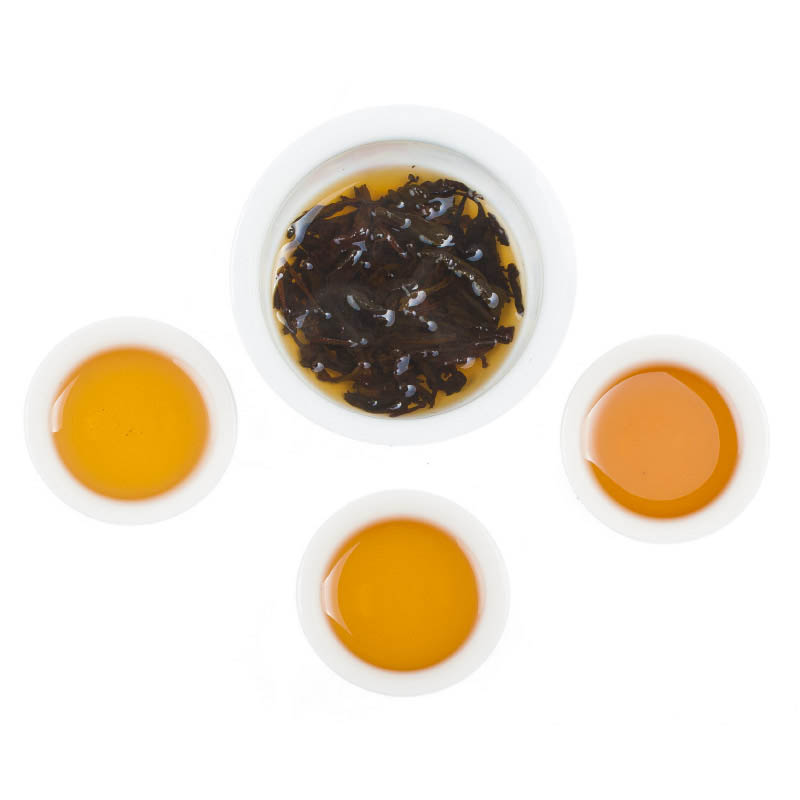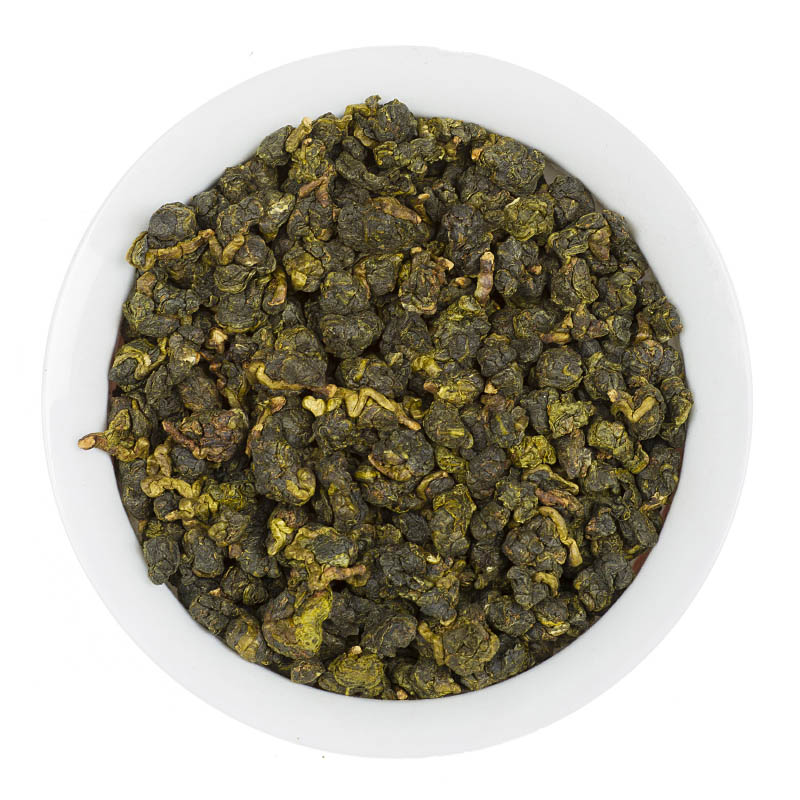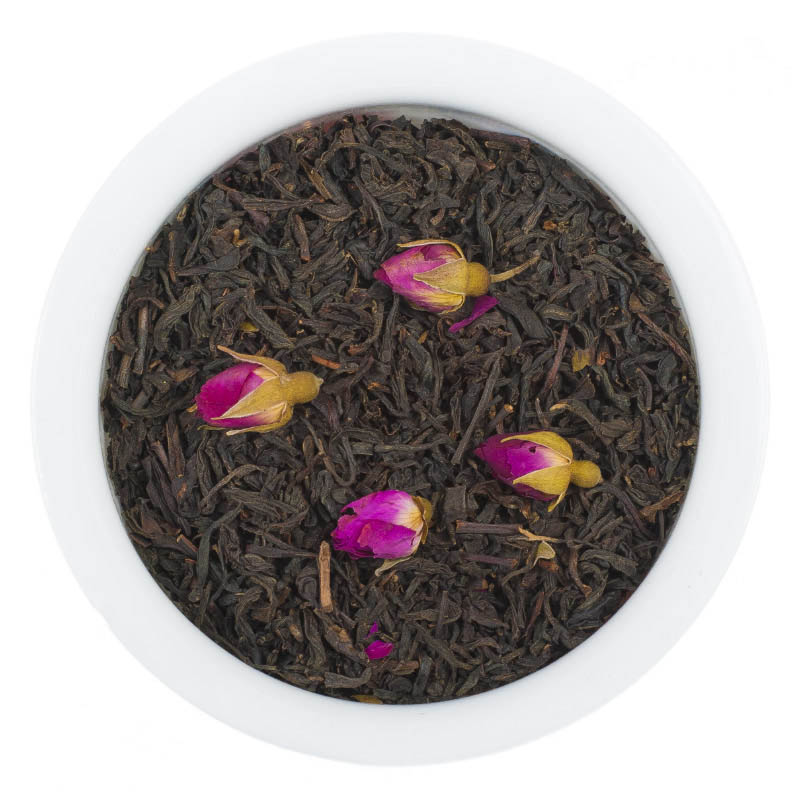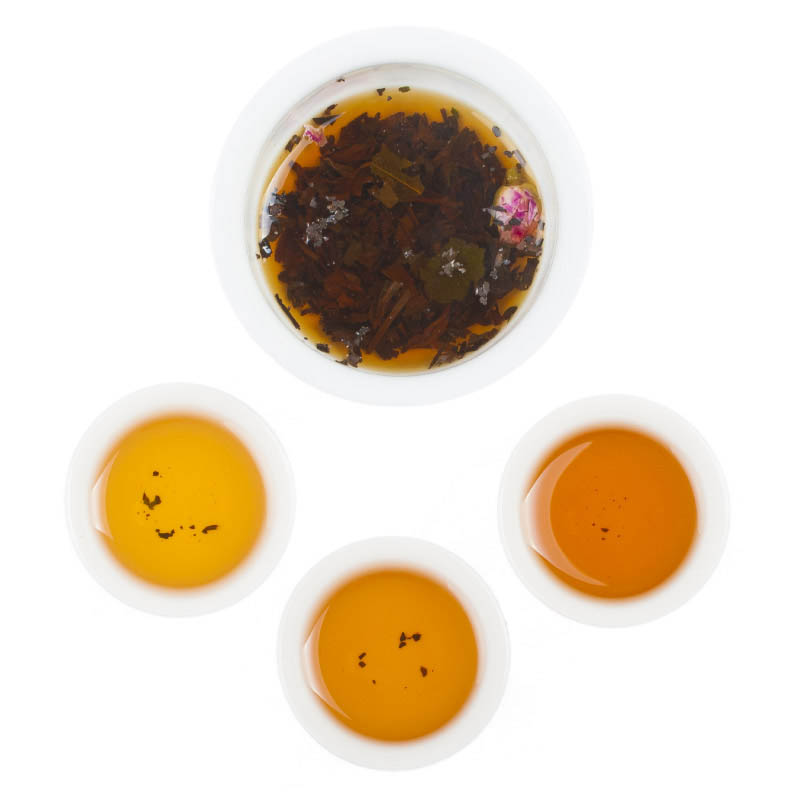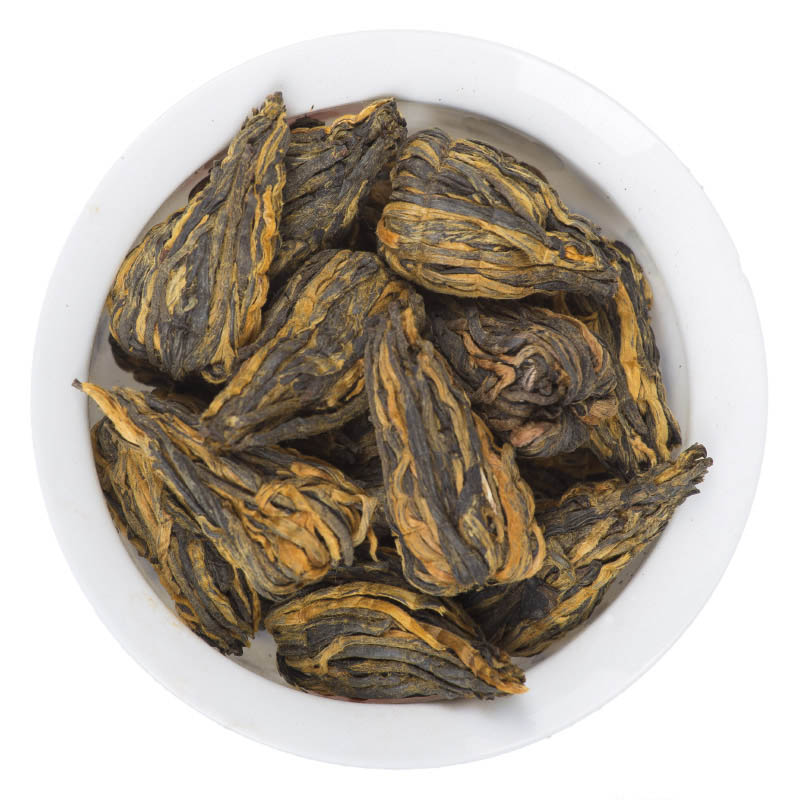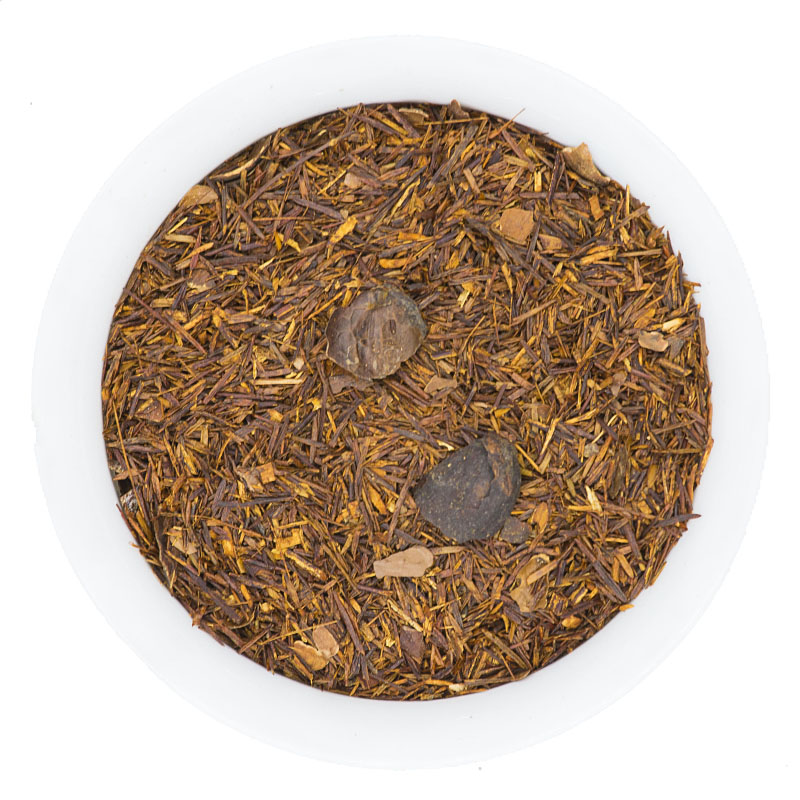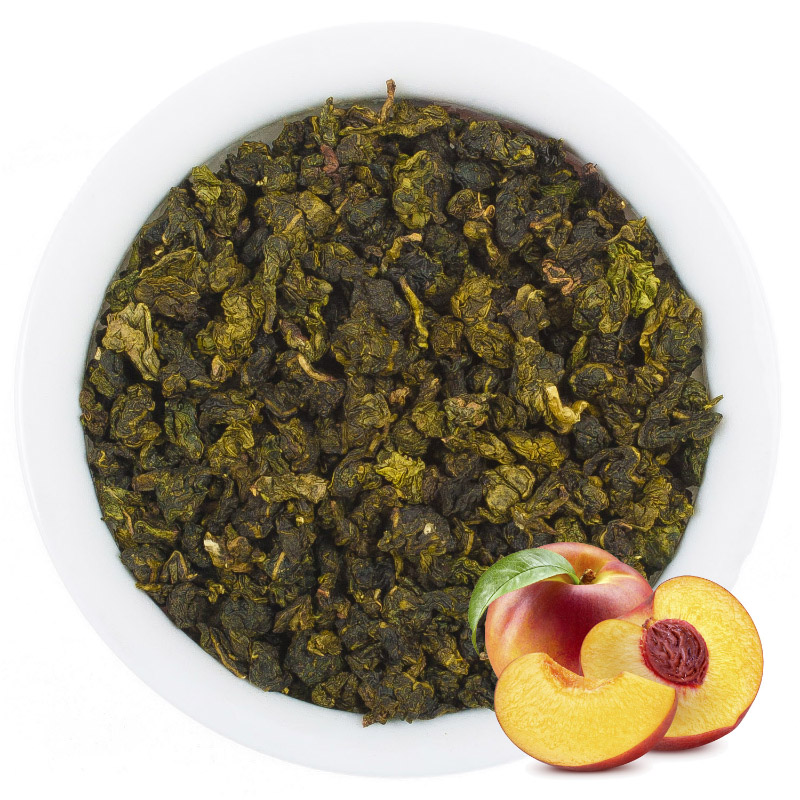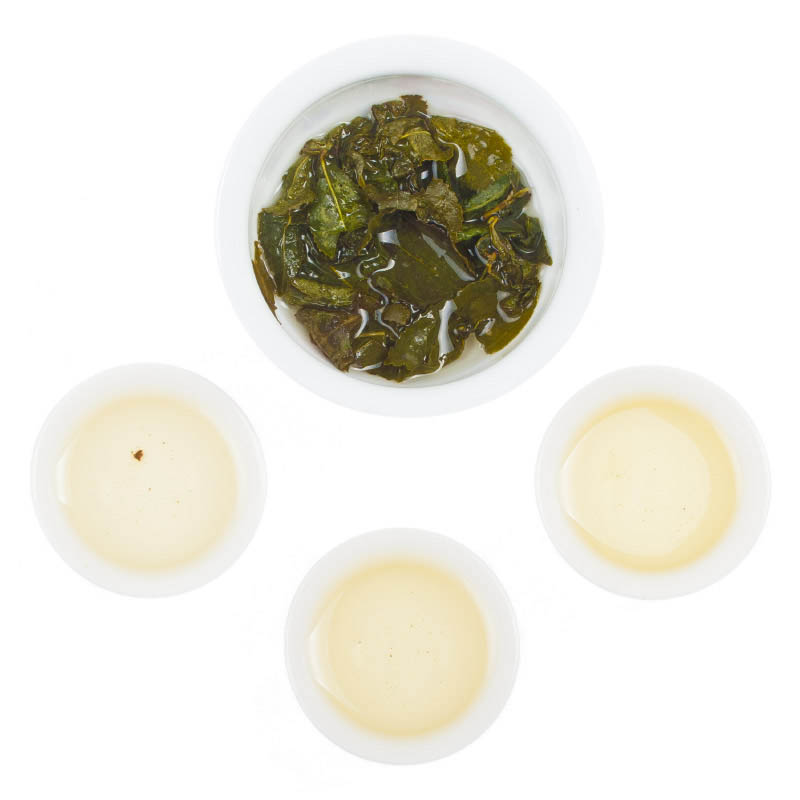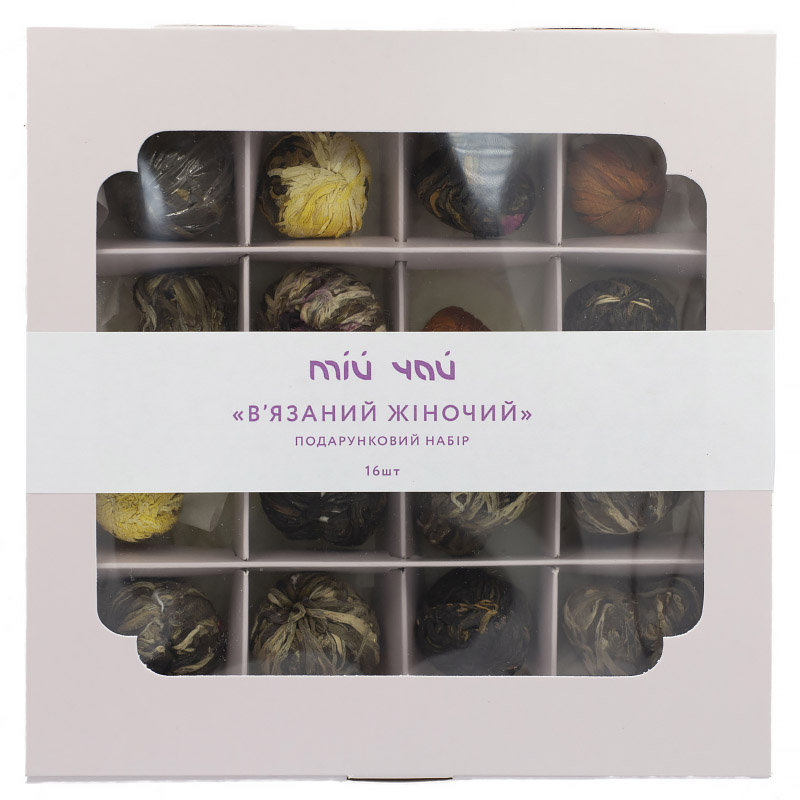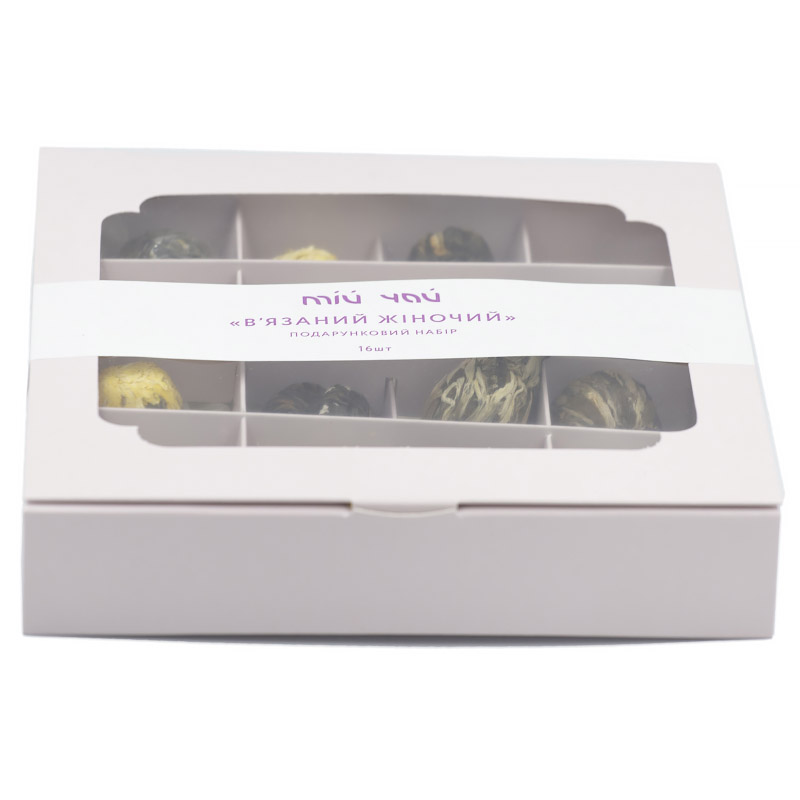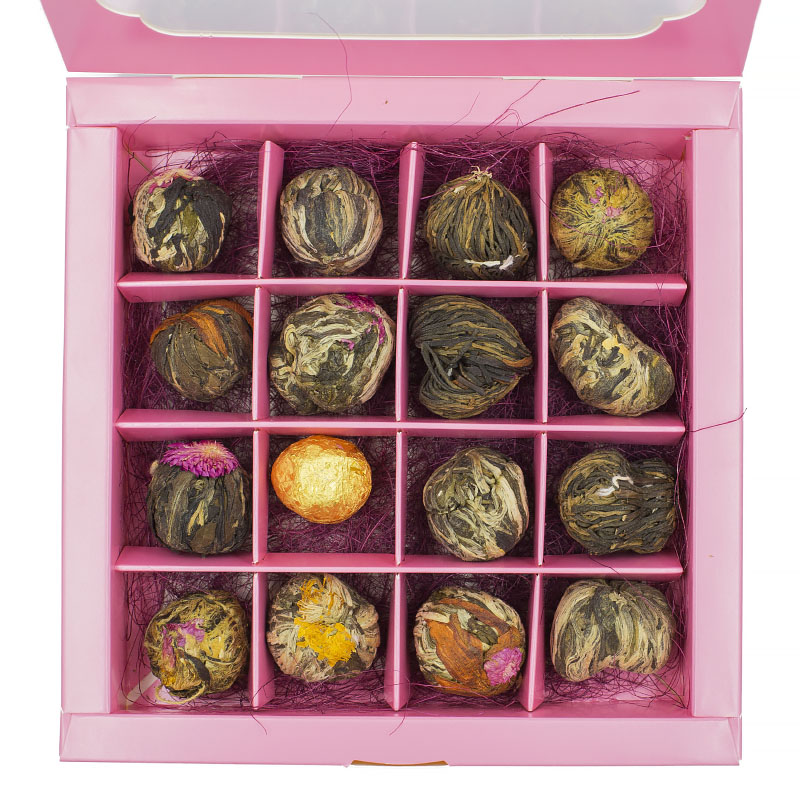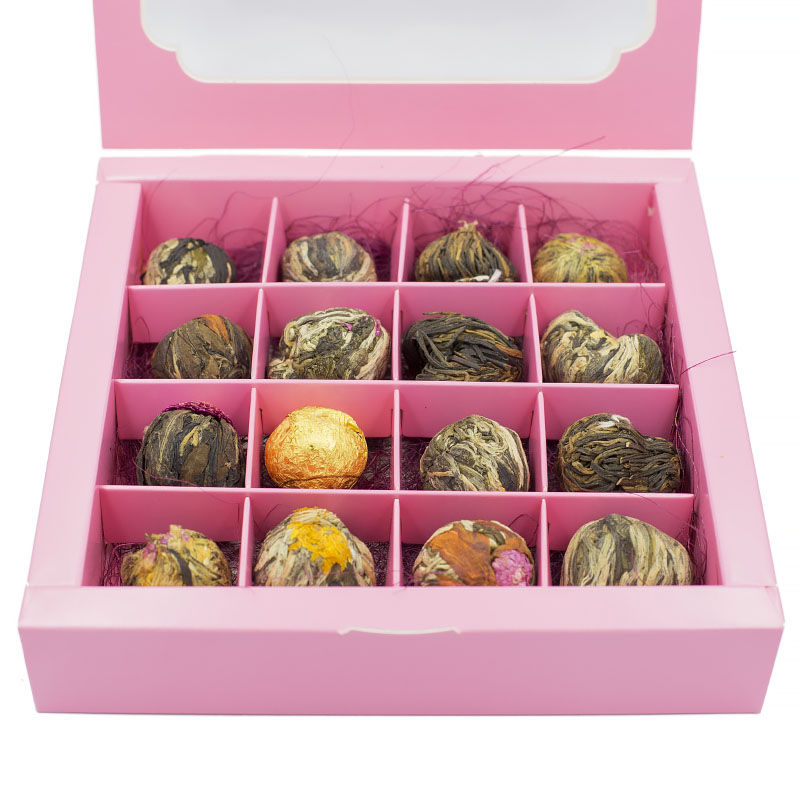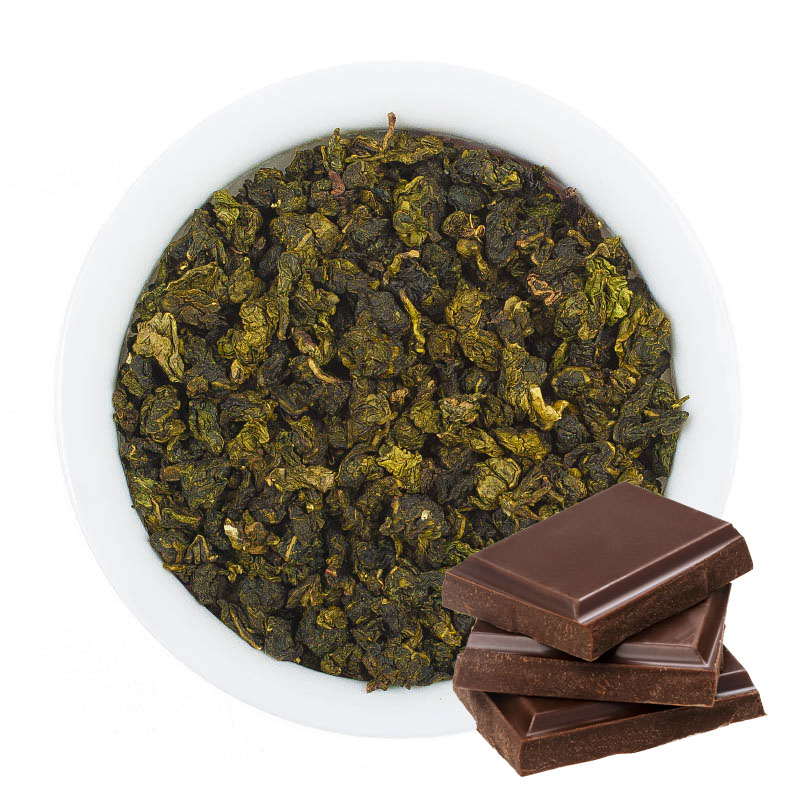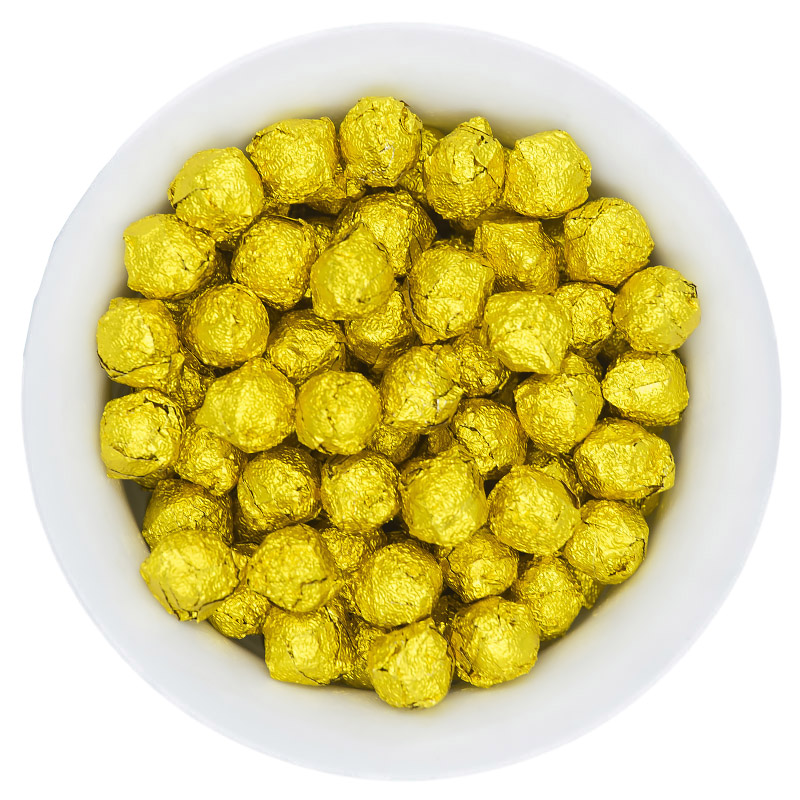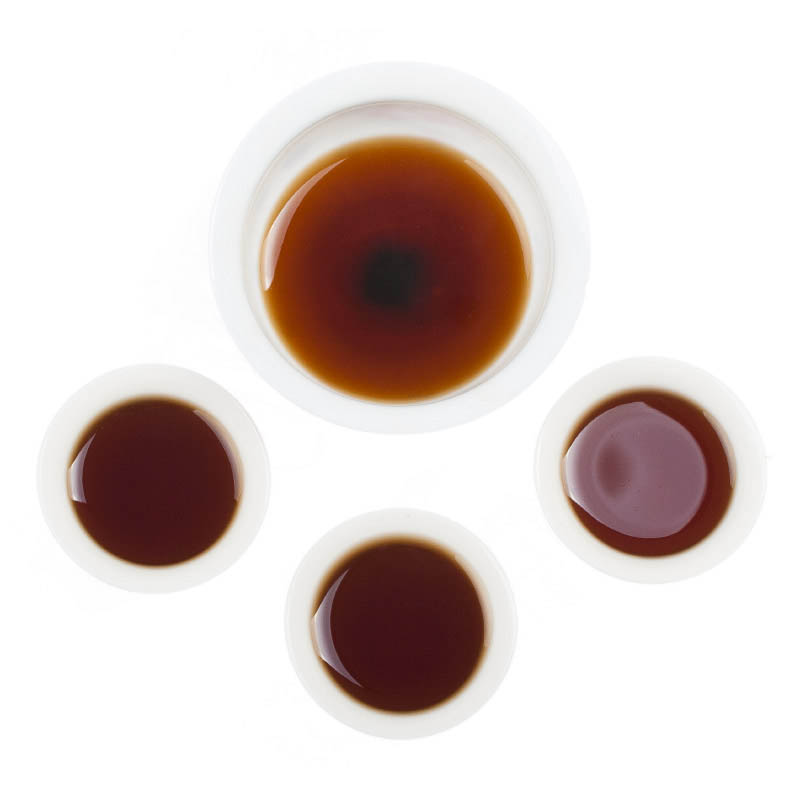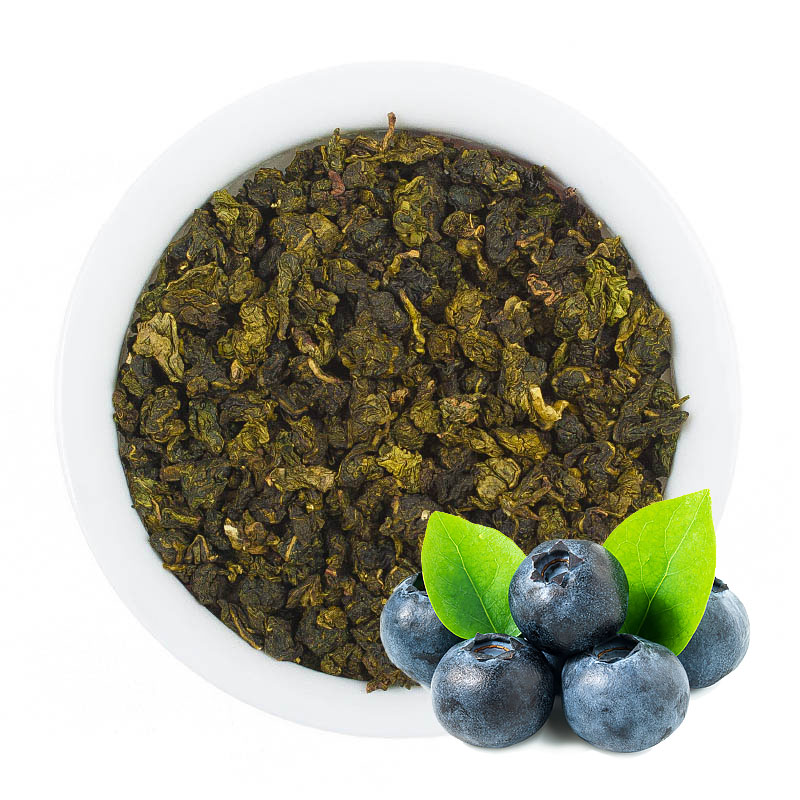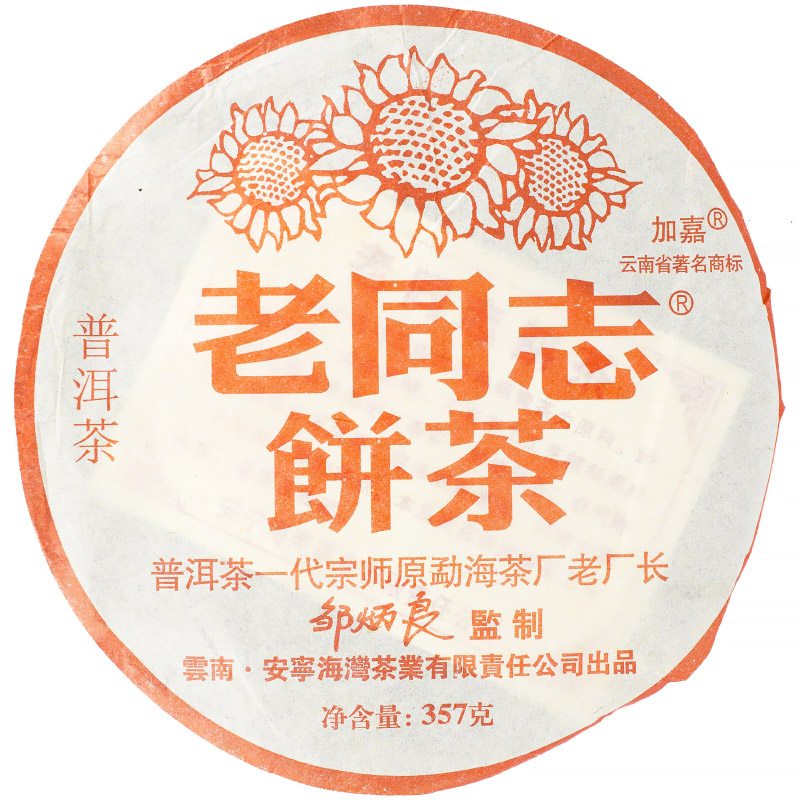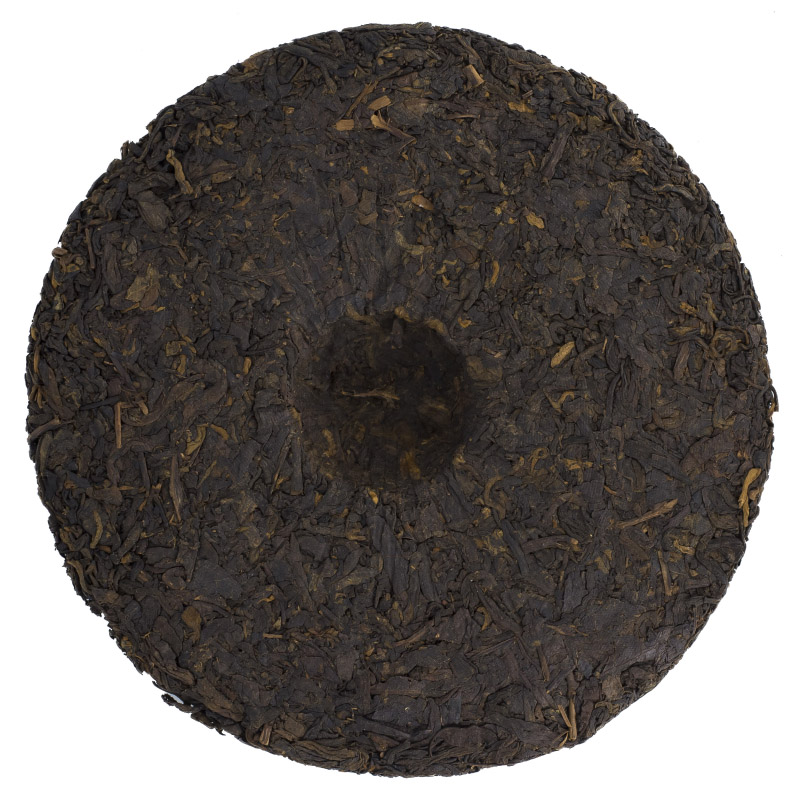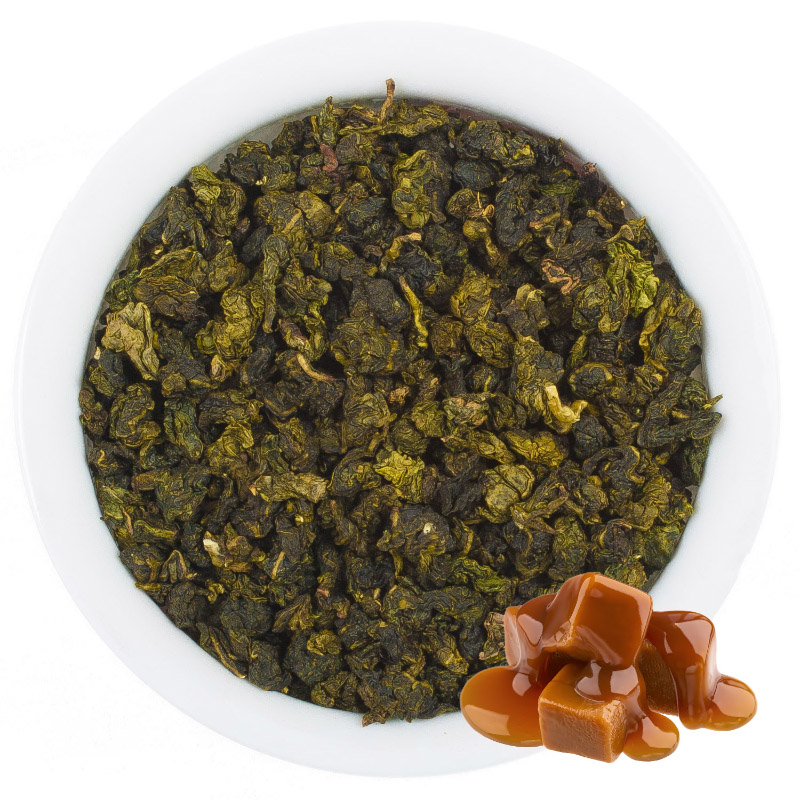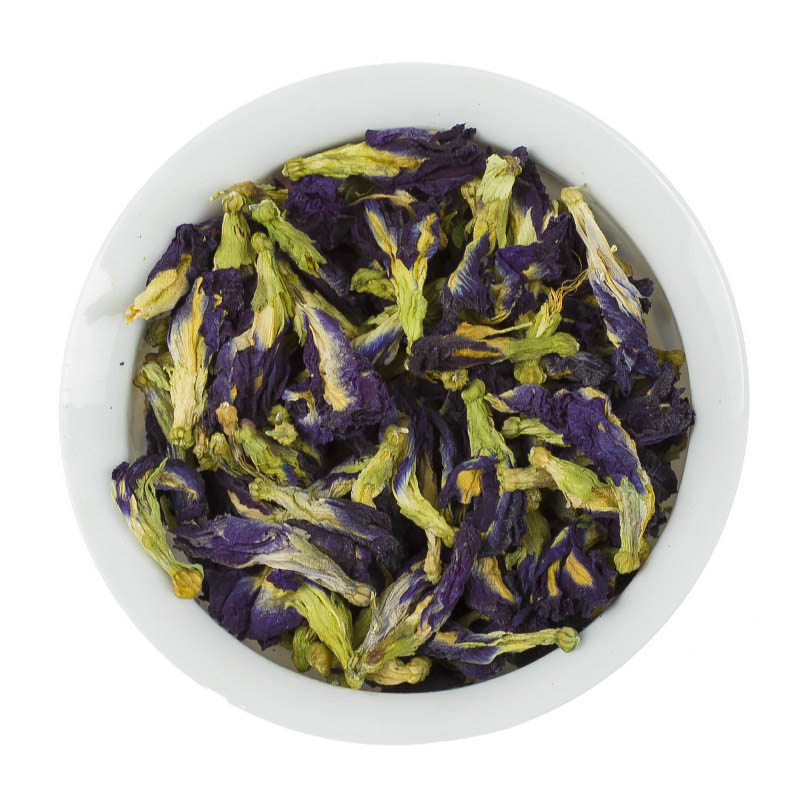Rooibos Tea: Benefits, Contraindications, How to Brew
Exotic caffeine-free tonic drinks or rooibos tea… For some, it sounds enticing; others are skeptical or even reject it, and some simply have no desire to try it. Undoubtedly, it all comes down to taste and preferences. But if you landed on this page, it means you are at least somewhat interested in rooibos tea. We will try to explain the essentials as simply and clearly as possible, and if you haven't tried it yet – to spark your desire to personally discover this unique South African drink, known in its homeland as the “tonic coffee.” It's no wonder Germans love it so much—they consume tons of this African natural wonder every year! And not just Germans. Red rooibos tea is famous throughout Europe.
Reading further, you will learn:
- What is rooibos tea?
- Rooibos tea properties (composition).
- The benefits and harms of rooibos.
- Rooibos during pregnancy.
- Rooibos tea for weight loss.
- How to properly brew rooibos?
- Where to buy good quality rooibos tea?
What is rooibos?
If you ask a random German on the street, “What is rooibos tea?” – 98% will answer “red tonic tea” or “African healing drink.” In Ukraine, the situation is a bit different. Since this exotic raw material appeared relatively recently on our market, few know what rooibos tea is. But those familiar with it have appreciated its unique taste, aroma, and healing properties.
Red rooibos tea is not a traditional tea but rather a drink with an original composition. It is made from the leaves of Aspalathus linearis, called the “red bush.” Visually, it is a shrub with numerous red branches covered with soft needle-like leaves. It grows exclusively on the Cape of Good Hope.
The indigenous people invented the method of preparation, and despite centuries passing, it remains unchanged today. In summer, seeds are sown into the soil, and after 1.5 years, the needle-like leaves are harvested. Then they are crushed by special rollers and fermented. With successful fermentation, rooibos becomes red. The taste is slightly sweet with woody notes. If the raw material is not fermented but only steamed and sun-dried, the tea is called “green rooibos.” Red rooibos is more common; green rooibos is rare.
Rooibos tea composition
Both types have valuable compositions, including vitamins, amino acids, microelements, and other biologically active substances:
- Vitamins A, B1, B2, B6, B12, E, P, K, D, ascorbic acid.
- Microelements: magnesium, zinc, manganese, fluorine, sodium, iron, potassium…
- Antioxidants and polyphenols (50% more than in green tea)
- Glucose, fructose.
- Essential oils.
- Phenolcarboxylic acids.
- No caffeine.
- Low tannin content, giving the drink a slightly sweet taste, unlike traditional tea’s astringent bitterness.
- Nutritional value: proteins – 17%, carbohydrates – over 66%, fats – less than 1%. 100 ml of tea = 16 calories.
Rooibos tea benefits and harms
The topic of “rooibos tea benefits and harms” is extensive and interesting. Since the drink is made from natural raw materials, it can affect the human body both positively and negatively. What are the useful properties of rooibos?
Rooibos tea benefits
Why is rooibos tea beneficial? This question is asked by many today, especially those interested in a healthy lifestyle and minimizing disease risks. Rooibos benefits include:
- A high amount of antioxidants slows the aging process at the cellular level, so regular consumption helps maintain youth.
- Prevents cancer by suppressing the effects of free radicals on the body.
- Positively affects kidney and bladder function (prevents formation of sand and stones).
- Acts as a natural antibiotic (pain relief, reduces inflammation).
- Lowers body temperature.
- Disinfects the oral cavity.
- Improves skin condition (helps eliminate acne and pigmentation).
- Restores digestive tract function after poisoning and disorders.
- Positively affects the nervous system (relieves stress, reduces nervousness).
- Lowers blood pressure.
- Supports liver function.
- Normalizes blood glucose levels.
- Indispensable for asthma and allergies (has an antihistamine effect).
- Slows cataract development.
- Supports bone tissue (especially useful during regular physical activity due to high potassium and calcium content).
- Two cups per day meet the body’s need for vitamin C, fluorine, and iron.
Rooibos tea contraindications
Rooibos tea has far fewer contraindications than benefits. But there are some:
- Individual intolerance.
- Allergic reactions to rooibos components.
- Proper consumption (overconsumption may cause itching, swelling, rash).
- Exacerbation of chronic gastritis, open stomach ulcer.
- Arterial hypotension (since the drink lowers blood pressure).
- Do not drink tea hot (over 50°C) – may cause stomach spasms, nervous system excitation, headaches.
- People with diabetes should consult a doctor.
Rooibos during pregnancy
- The drink contains no caffeine, so it can be consumed during pregnancy and breastfeeding. It not only allows enjoying its unique taste but also acts as a dietary supplement enriching the body with beneficial substances.
- Regular consumption of red rooibos helps pregnant women cope with stress and nervousness, as it pleasantly relaxes.
- Eliminates swelling, removes excess fluid from the body.
- Pain relief.
- Helps cope with toxicosis and sleep disturbances.
- Regular use alleviates frequent constipation.
- Reduces anemia risk.
- Contains all necessary enzymes for proper development and formation of the baby.
Rooibos tea for weight loss
Product description is, of course, informative and educational. But for women, and many men, the key question is the drink’s effect on excess weight. A beautiful figure is the key to attractiveness! Regardless of your age or gender. Having studied reviews and opinions of fitness trainers, nutritionists, and doctors, we concluded:
- Without proper nutrition and active movement, rooibos brings no results, but in combination, it yields excellent results. It allows slow but effective, tasty, and easy weight loss. One cup of this exotic tea contains only 2 kcal and tastes similar to caramel drinks.
- The drink has a mild diuretic effect.
- Normalizes blood sugar levels.
- Prolongs the feeling of fullness after meals.
- Helps prevent overeating.
- Improves gastrointestinal function.
- Gently tones without caffeine.
- Saturates the body with vitamins and beneficial substances.
- Improves mood.
If you want to use rooibos as an additional weight loss aid, the daily “dose” should be 2 cups of tea in warm (not hot!) form. Try to sip slowly so it is absorbed gradually and effectively.
How to brew rooibos?
To fully unlock the benefits of rooibos tea and retain its healing value, brewing must be done properly. Many think that because it’s an exotic drink, brewing is complicated. With other teas, maybe so, but not with rooibos! Everything is very simple! Use a glass teapot to brew, so you can enjoy the beauty of the reddish-brown infusion.
So, in a teapot pre-rinsed with boiling water, add dry rooibos leaves at a rate of 1 teaspoon per 1 cup of boiling water. Pour hot water and steep for about 7-10 minutes, then pour into cups. That’s it! No further actions needed! Just enjoy the sweet drink with woody notes. You may add honey or a slice of lemon if desired.
Increasing the steeping time changes the concentration—the tea becomes stronger and richer in beneficial substances, which not everyone may like.
The leaves can be re-steeped. The tea will retain its beneficial properties, but steeping time should be longer.
The main feature of brewing: the longer you steep, the more beneficial substances the crushed leaves release.
Some tea lovers like to experiment. In that case, milk is ideal. Brew the same way but use milk instead of water (some use skim, others full-fat).
Clay teapots are not recommended.
Drink the tea warm or cold (but not hot!).
Now you know how to brew rooibos. One last question remains…
Where to buy rooibos tea? A rhetorical question but still necessary. Certainly, in specialized tea shops that ensure direct supply of raw materials and proper storage before sale. At “Miy Chai,” we know that the leaves of the South African plant are sensitive to humidity and odors. Therefore, we store them in dry cabinets, in opaque, tightly sealed packages, ensuring high-quality raw materials.
Now you just have to decide whether to get acquainted with the “bushmen’s tonic drink” or not. We hope you agree to appreciate its unique superiority!
